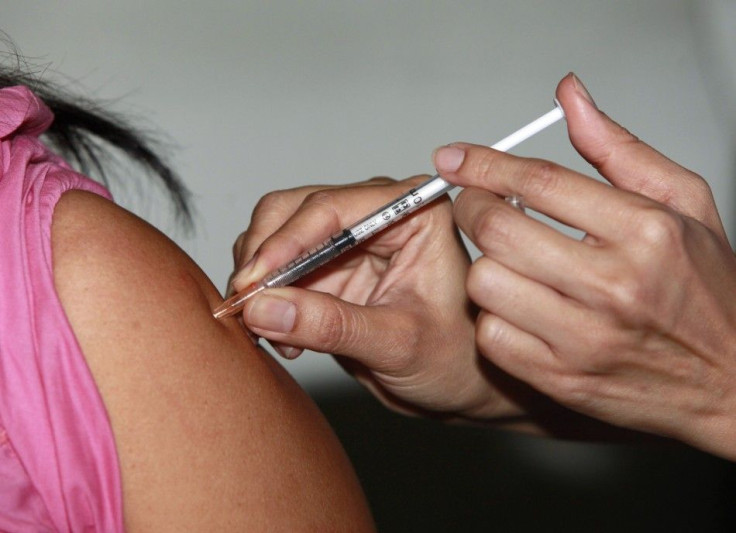Teen HPV Vaccination Rates Lag, CDC Fears Increased Cancer Risk

Teen vaccination rates for human papillomavirus (HPV) are trailing behind for two other vaccines recommended for teens and preteens, according to data from the Centers for Disease Control and Prevention.
HPV infection can lead to cervical cancer, but vaccination dramatically reduces this risk, says CDC officials.
The study in CDC’s Morbidity and Mortality Weekly Report drew on data from the 2010 National Immunization Survey-Teen. CDC has conducted the National Immunization Survey-Teen since 2006, where more than 19,000 teens aged 13-17 are surveyed.
HPV vaccines are given in three doses — as injection shots over six months, and ensure the highest level of protection, girls must complete all three shots, experts say.
“More U.S. teens are being protected against these serious, and sometimes deadly, diseases,” said Anne Schuchat, M.D., director of the CDC’s National Center for Immunization and Respiratory Diseases.
About six million people become infected with HPV each year, and the CDC reports that every year, about 12,000 women will be diagnosed with cervical cancer.
“However, the HPV results are very concerning. Our progress is stagnating, and if we don’t make major changes, far too many girls in this generation will remain vulnerable to cervical cancer later in life. Now that we have the tools to prevent most cervical cancers, it is critical that we use them,” Schuchat said.
Coverage rates for the other two vaccines — Tdap, which protects against tetanus, diphtheria and pertussis, and MenACWY, which protects against meningococcal meningitis — are continuing to increase, but vaccination rates for HPV vaccine remain low, according to the study.
Dr. Schuchat stressed that any visit to the doctor — such as annual health checkup or physicals for sports, camp, or college — can be a good time for preteens and teens to get the recommended vaccinations.
The CDC NIS-Teen survey found:
- Coverage for the three routine teen vaccines was 49 percent for one dose of HPV vaccine; 63 percent for MenACWY; and 69 percent for Tdap vaccine.
- For girls who received the recommended three doses of HPV vaccine, coverage increased 5.3 points to 32 percent over the previous year.
- Hispanics had higher coverage for one dose of MenACWY and HPV, but third-dose HPV coverage lagged for blacks and Hispanics compared with whites.
- Girls living in poverty were also less likely to complete the HPV series.
- Coverage increases for HPV were less than half of the increases seen for Tdap (13.3 points) and meningitis (9.1 points) vaccines.
From 2009 to 2010, vaccination coverage increased for all three vaccines.
“This one-time dose of Tdap can prevent pertussis infection,” said Dr. Schuchat. “Also, preteens and teens who get vaccinated with MenACWY are protecting themselves from an infection that can lead to lifelong disability – or, in some cases, death in 48 hours or less. Let’s make sure all teens are protected.”
Health officials explained that among girls who received the recommended three doses of HPV vaccine, medical coverage increased 5.3 percent, from 26.7 percent to 32 percent, during the previous year, but coverage increases for HPV were less than half those observed for the Tdap (13.3 percent) and meningitis (9.1 percent) vaccines.
© Copyright IBTimes 2024. All rights reserved.





















